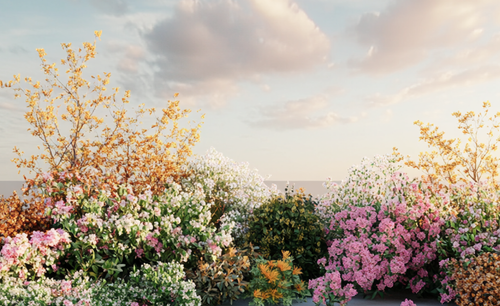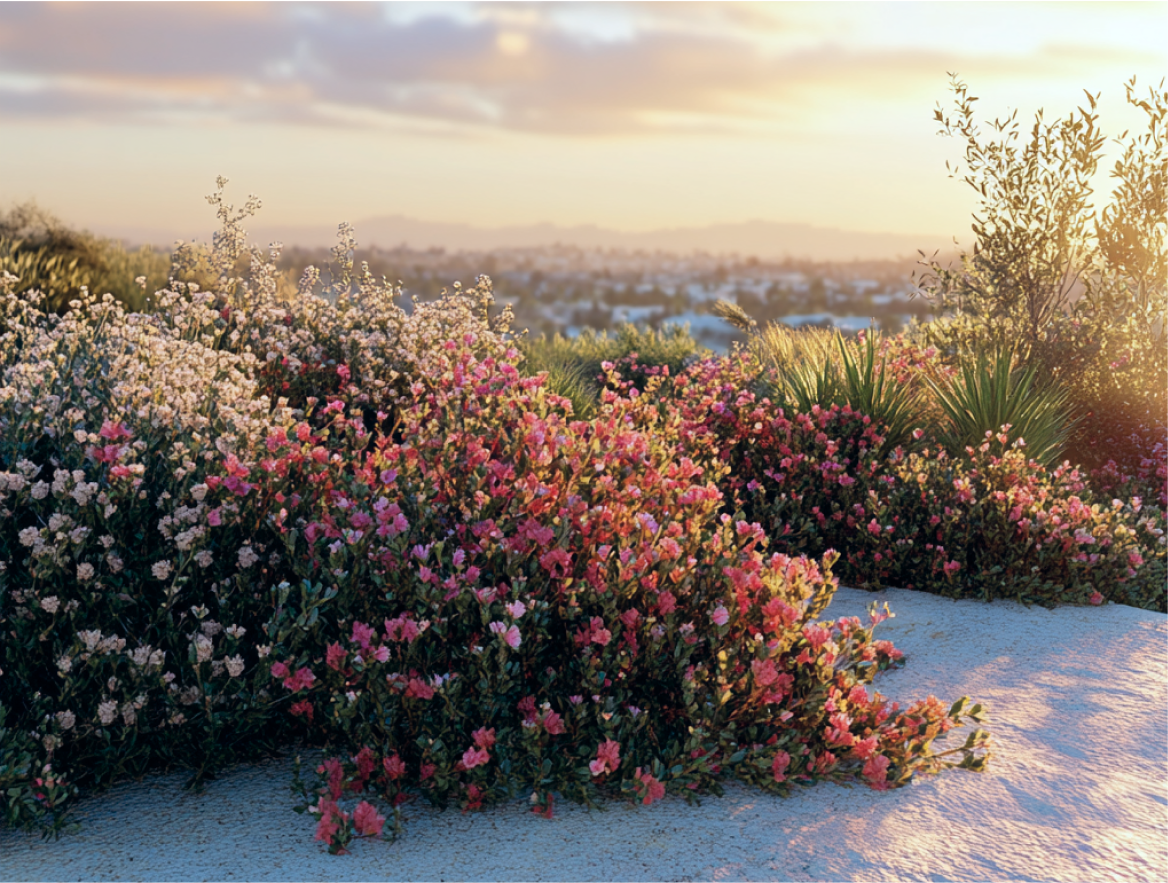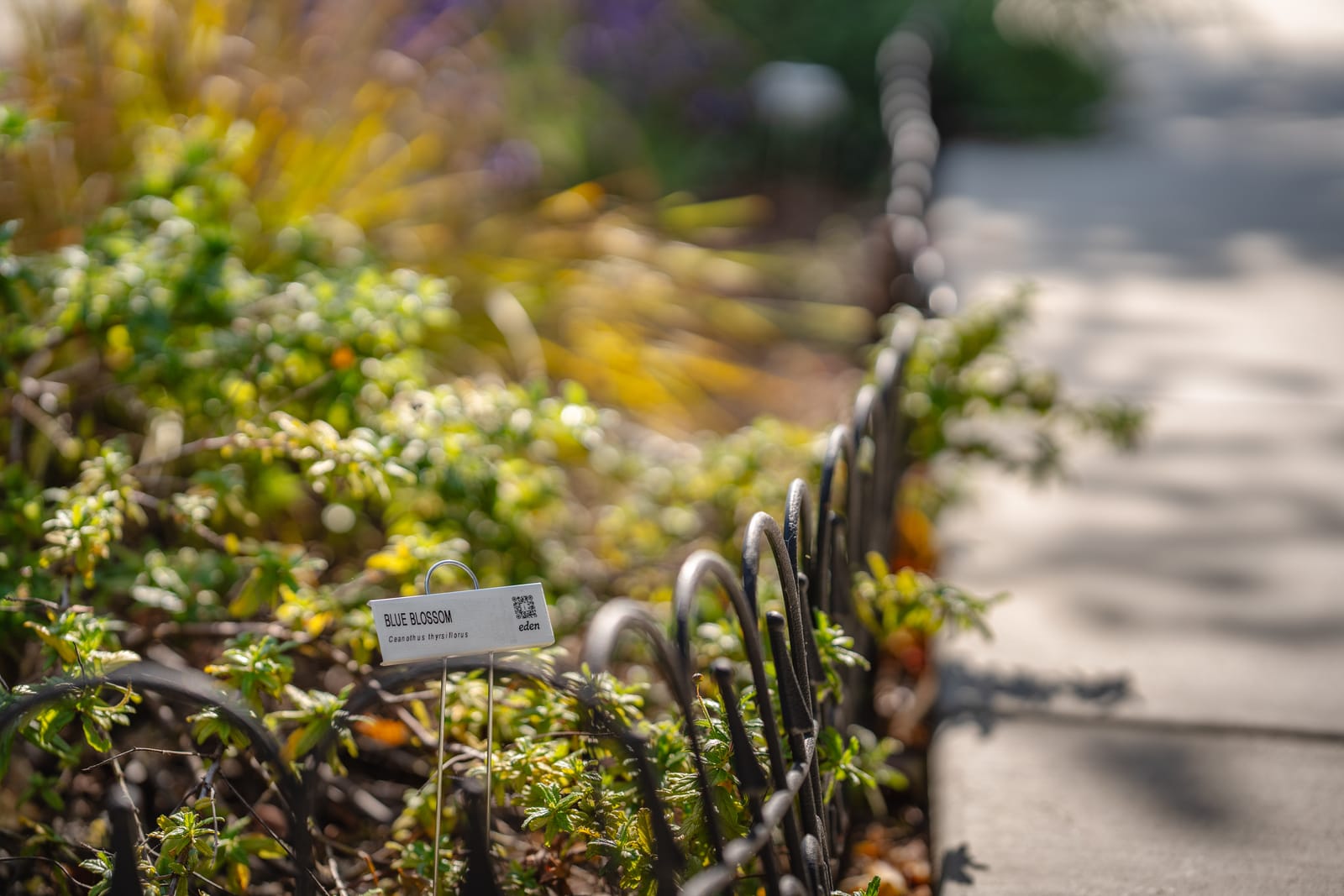I. Introduction
A. Hook
Have you ever walked into a garden or park and instantly felt compelled to stay—sit, walk, breathe, explore? That magnetic pull isn’t accidental. It’s the result of thoughtful, human-centered landscape design.
Long before the rise of modern architecture, civilizations were shaping outdoor spaces not just for agriculture or aesthetics—but to nourish the soul and invite people into nature. The ancient Persian paradise gardens, the carefully orchestrated Zen temples of Kyoto, and the vast, romantic English gardens were all crafted with movement, emotion, and connection in mind.
Over time, landscape design evolved from formal and symbolic to personal and experiential. In the 20th century, visionaries like Frederick Law Olmsted, designer of New York’s Central Park, shifted the field toward public well-being and democratic access to green space. Today, with rising urban density and screen fatigue, designers are again focused on a timeless challenge: how to get people outside—joyfully, effortlessly, often.

II. Real-World Examples of Landscape Design That Invite You Outside
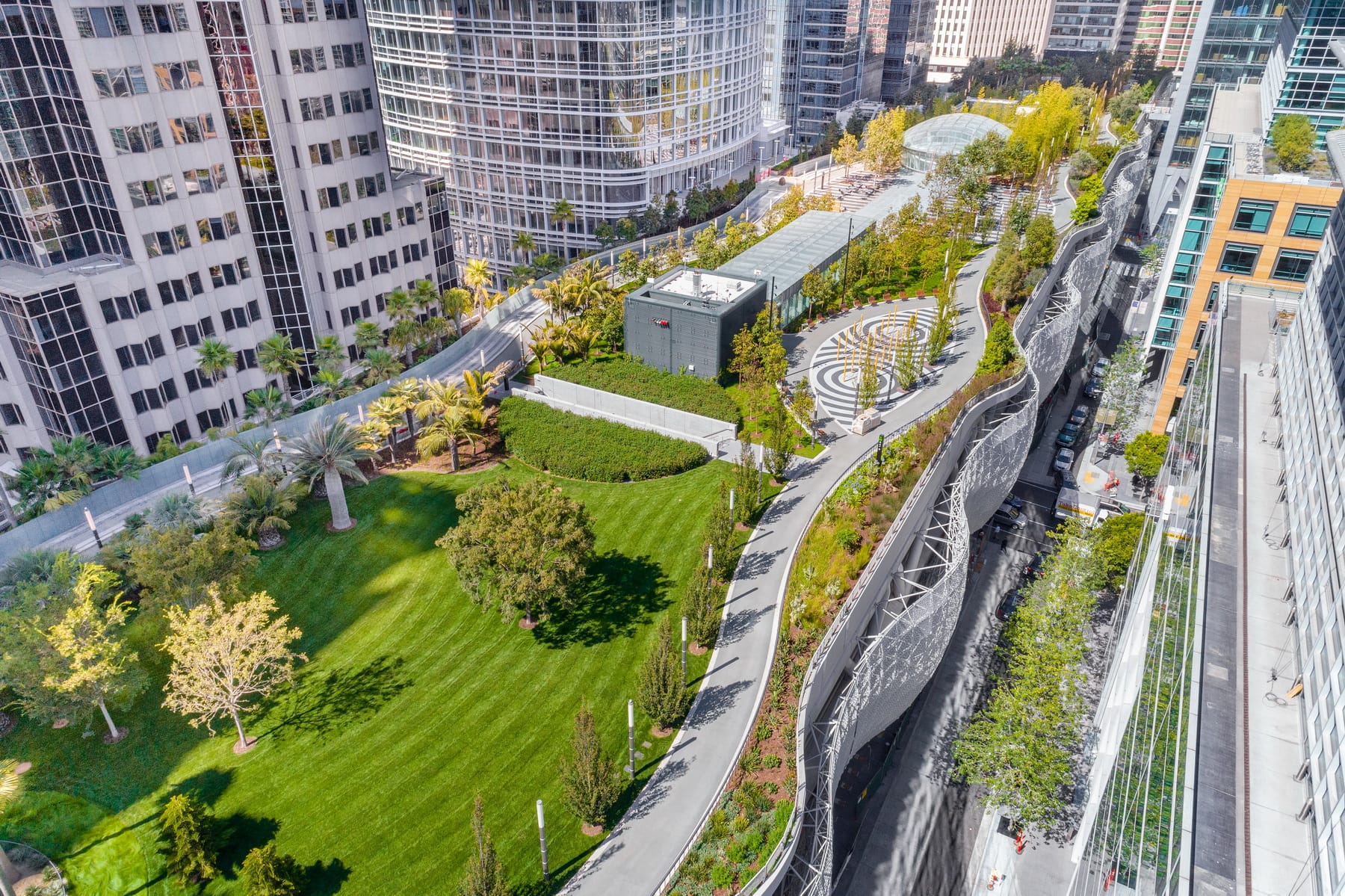
A. Public Park: Salesforce Park, San Francisco
- What it is: A 5.4-acre rooftop park in the heart of downtown SF.
- Design Principles in Action:
- Layered vegetation gives you the feeling of being enveloped in greenery, even while surrounded by skyscrapers.
- Curving paths encourage strolling rather than rushing through.
- Seating nooks and gathering zones draw people in and invite lingering.
- Water features and sensory gardens provide micro-moments of rest and curiosity.
Why it works: It doesn’t just offer open space—it orchestrates a journey, making movement through the park feel intuitive and rewarding.
B. Urban Courtyard: Mission Bay UCSF Campus
- What it is: A mix of native landscaping, walkways, and social spaces across a university medical campus.
- Design Principles in Action:
- Transition zones from building to garden soften the boundary between indoor and outdoor.
- Paving textures and elevation changes subtly guide movement without signage.
- Seating integrated into planters encourages spontaneous pauses and conversations.
Why it works: It's designed as an extension of indoor life—not an afterthought—so going outside feels seamless and desirable.
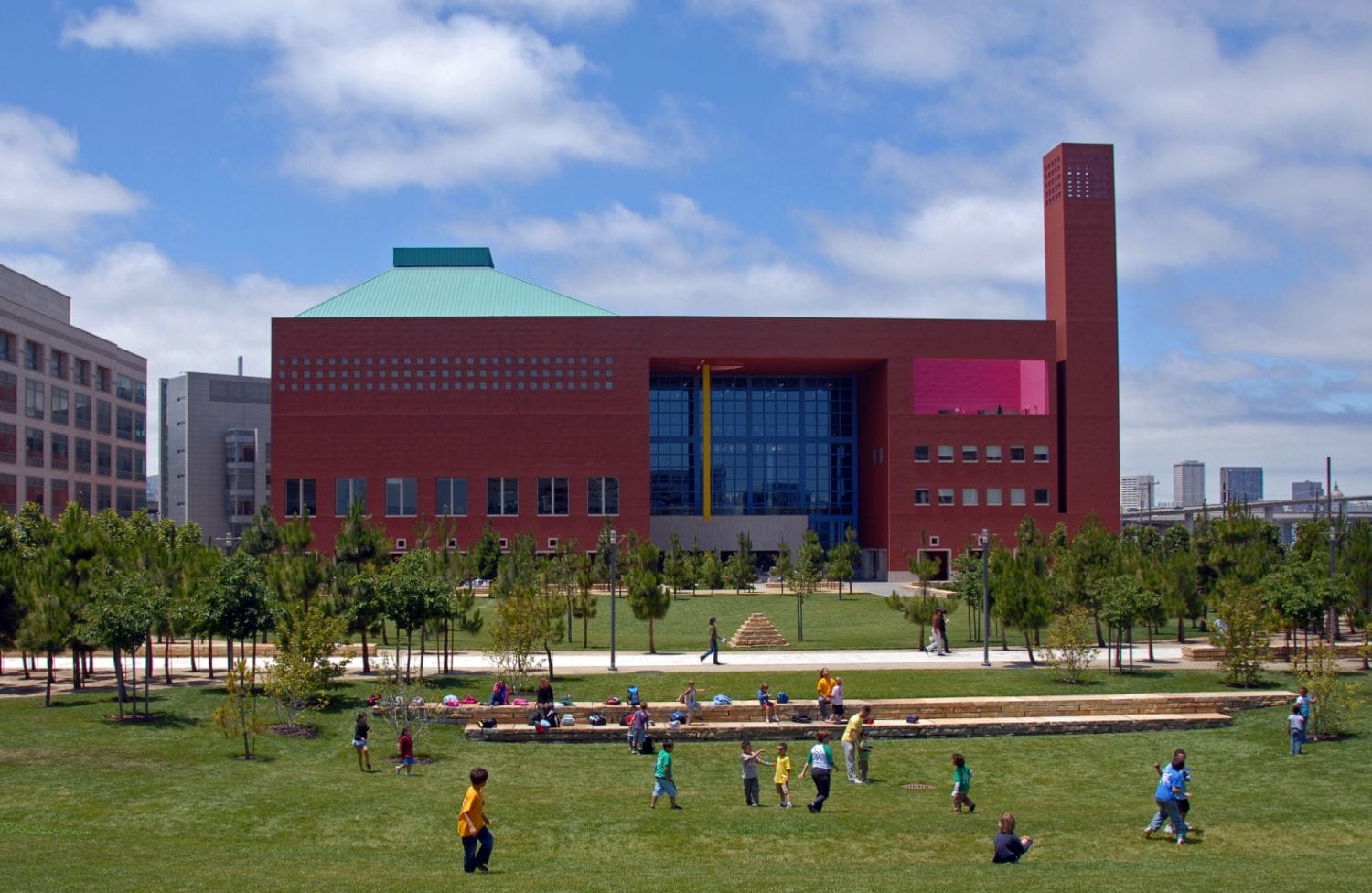
C. Residential Backyard: Noe Valley, San Francisco
- What it is: A compact, 20x30 backyard redesigned by a local landscape architect to feel expansive and immersive.
- Design Principles in Action:
- Sightline framing with tall grasses and trellised vines create visual depth.
- A winding path of decomposed granite breaks up the space and invites exploration.
- Multi-use zones: a dining area, a lounge corner, and a low-maintenance garden bed, all accessible from the home’s main living room.
Why it works: The design transforms a tight footprint into a varied, experience-rich space, giving the homeowner several “destinations” within just a few steps.
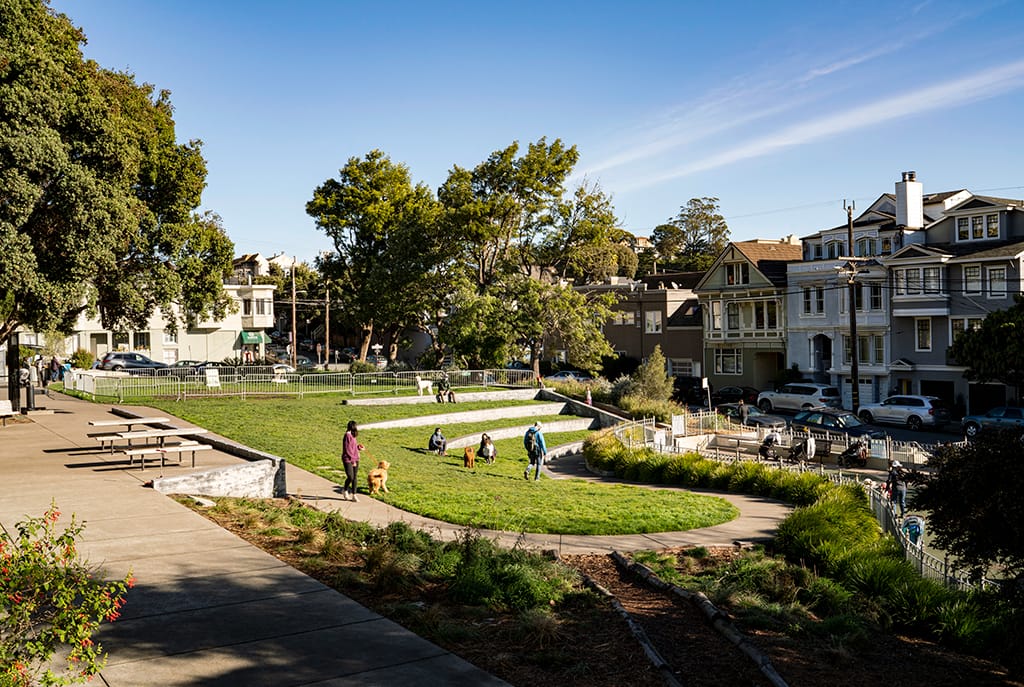
III. Principles and Tools That Encourage Outdoor Engagement
When landscape design works well, you don’t notice the “rules”—but they’re there, quietly inviting you to come outside and stay a while. Here are a few of the principles behind that invitation:
1. Threshold Design
- Definition: Creating a sense of transition from indoor to outdoor space.
- Example: Shifting materials from hardwood to pavers, or framing a doorway with soft plantings.
- Effect: Makes the act of “going outside” feel natural and intentional.
2. Visual Anchors
- Definition: Using focal points like a tree, sculpture, or seating to guide the eye.
- Example: A path that curves toward a bench beneath a tree, or a trellis at the end of a narrow garden.
- Effect: Encourages movement toward and into outdoor areas.
3. Layered Planting
- Definition: Combining plants of varying heights, textures, and colors.
- Example: Grasses in the foreground, flowering shrubs at mid-level, and trees in the background.
- Effect: Creates visual interest and a sense of immersion, drawing people into the landscape.
4. Embedded Utility
- Definition: Integrating functional elements into the landscape.
- Example: A planter that doubles as seating, or a privacy screen made from vertical gardens.
- Effect: Encourages lingering and usability while blending form and function.
5. Microclimate Comfort
- Definition: Designing for temperature, shade, and airflow.
- Example: A pergola for mid-day shade, or windbreak plantings on exposed patios.
- Effect: Makes outdoor spaces more comfortable—and therefore more usable—year-round.
IV. Why This Matters
As more people work from home and cities grow denser, outdoor spaces aren’t luxuries—they’re lifelines. They’re places to recharge, connect, and feel human again. Great landscape design doesn’t just make space pretty—it gives you a reason to step outside.
Whether you're designing a rooftop park or your own sidewalk garden, the goal is the same: to pull people into nature—gently, but irresistibly.


